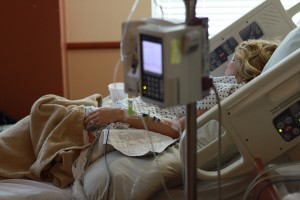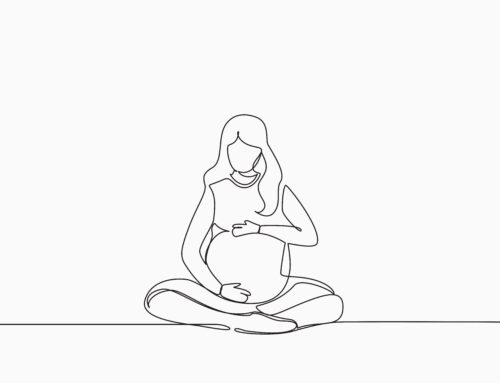
Many pregnant women experience “What if?” worries and fears regarding labor complications. It may be scary to think about but, even healthy and well prepared women can experience unexpected difficulties with labor and delivery.
Possible Complications with Labor and Pregnancy:
- Slow progress of labor
- Abnormal fetus positions
- Postpartum hemorrhage
- Retained placenta
Slow Progress of Labor
When you go into labor, your doctor or midwife, will continually check how you are progressing by examining how far your cervix is opening, and how far the baby has dropped. If the cervix opens slowly and contractions slow down or stop, the doctor will be able to determine that your labor is progressing normally.
In this situation, your doctor or midwife may suggest the following options:
- change your position – if you have been laying on your back it may help to squat or try laboring on your hands and knees
- walk around – movement can help the baby to move further down, and encourage contractions
- a warm shower or bath
- a back rub
- IV drip with Syntocinon to increase contractions
If none of the above steps work to normalize your progress of labor, be prepared for your health care provider may recommend a Cesarean delivery. A C-section is a surgical procedure used to deliver a baby through incisions in the mother’s abdomen and uterus. A C-section may also be needed if the baby experiences abnormal heart rate, or passes a bowl movement in the womb.
Abnormal positions
The most common way for a baby to be born is in the head first position. When a baby is not in this position, complications may arise during labor and delivery. Two common abnormal positions are posterior position and breech birth.
- Posterior Position – Posterior position occurs when the baby’s head enters the pelvis during delivery facing forward instead of backward. It is common that the baby could turn itself around during labor, but assistance will need to be provided by your doctor if they do not. If this occurs your doctor will turn the baby or use forceps to guide them out during delivery. Posterior position can be quite uncomfortable and cause back pain. You can help ease discomfort, and even turn the baby yourself (with guidance by your physician) by getting down on your hands and knees and rotating or rocking your pelvis.
- Breech Birth – Breech birth is when the baby is positioned bottom first. If this happens, using ultrasound as a guide, your doctor may try to re-position the baby by placing their hands on your abdomen and turn your baby to be head first. This procedure will be done under supervision, at a hospital, in case the baby’s chord tangles or separates from the placenta, causing an emergency c-section.
Postpartum Hemorrhage (PPH)
Though uncommon, this type of complication can occur when a baby is born and happens when an excessive amount of blood from the vagina is lost during delivery. The causes of PPH include, uterine atony, retained placenta, and endometritis.
There are two types of PPH:
- primary – bleeding that occurs within 24 hours of the baby’s birth
- secondary – bleeding that occurs after the first 24 hours or up to six weeks after the birth.




